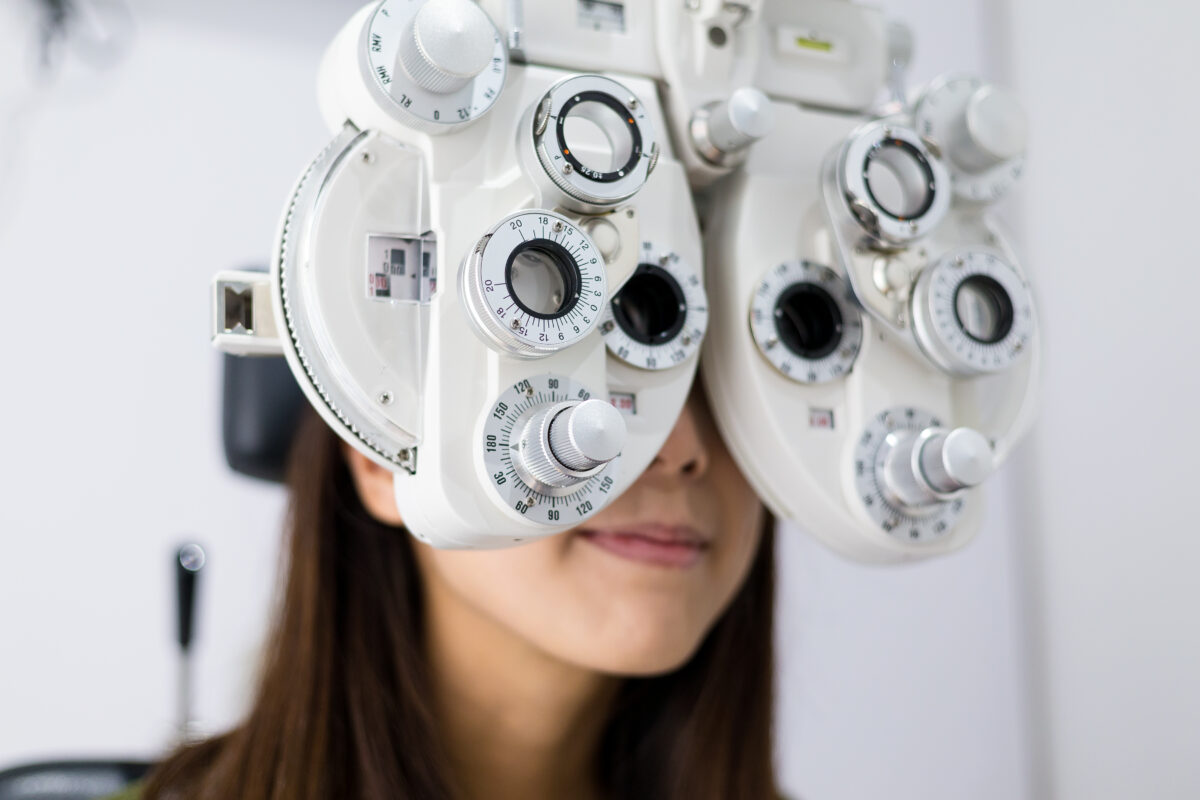LASIK
How it works
-
Step 1
An instrument called a Microkeratome is used in LASIK eye surgery to create a thin, circular flap in the cornea. The surgeon folds the flap back out of the way.
-
Step 2
some corneal tissue is then removed from underneath the corneal flap using an Excimer laser. The laser uses a cool ultraviolet light beam to precisely remove (“ablate”) very tiny bits of tissue from the cornea to reshape it. When the cornea is reshaped in the right way, it works better to focus light into the eye and onto the retina, providing clearer vision than before.
-
Step 3
The flap is then laid back in place, covering the area where the corneal tissue was removed. This corneal reshaping only takes few minutes and is almost painless.
Both nearsighted and farsighted people can benefit from the LASIK procedure. With nearsighted people, the goal is to flatten the too-steep cornea; with farsighted people, a steeper cornea is desired. Also, Excimer lasers can correct astigmatism, by smoothing an irregular cornea into a more normal shape.
Am I Suitable for LASIK
Your eyes are even more individual than your fingerprints. So we can’t establish whether Lasik is right for you without a thorough eye assessment. But you can be eligible if you are:
- With nearsightedness, farsightedness or astigmatism
- Over 19 years of age
- With a stable vision in both eyes for at least one year prior to the procedure
- Free of eye diseases
- Free from corneal conditions such as Keratoconus.
- With enough corneal thickness.
- Not pregnant.
Over a quarter of the people seen at consultation are advised that laser eye treatment is not their best option. To determine the right solution for you, our specialist clinical team will carry out a number of measurements and eye tests, most of which will be familiar to you. If you turn out to be ineligible for Lasik, don’t worry, we have all possible alternatives for your case.

Before the Procedure
Contact lenses must be removed from the operative eye prior to the day of your procedure as follows:
- Hard lenses: one month
- Gas permeable rigid lenses: two to four weeks
- Soft lenses: one to two weeks
- You will need to arrange for transportation and someone to accompany you on the day of your procedure
On the Day of the procedure
- There are no restrictions on eating drinking or medications before the procedure
- Wear comfortable clothing
- All traces of makeup should be removed.
During the procedure
- The Lasik machine is calibrated with your prescription before you enter the Lasik room
- It will take very few minutes to position you under the laser microscope
- The procedure is done under local anesthetic eye drops
- A simple device known as an eyelid speculum will prevent you from blinking. It is painless.
- You will be instructed to look at a flashing red target light. Your surgeon will monitor your eye through the microscope at all times.
- During the first part, you will feel a slight sensation of pressure and your vision will go quite dark as your surgeon creates the protective corneal flap. In the second part, you will hear a “clicking” sound as the laser alters the refractive curvature of your eye. The actual laser time is usually less than 60 seconds.
- You will not experience any discomfort during your LASIK procedure.
After the procedure
- Immediately after the laser treatment, a soft bandage contact lens is placed on your eye. Your surgeon will remove the contact lens for you at the appropriate time, usually before you leave the hospital or the center.
- You will be given a post-operative kit containing drops and medication to use for the next few days.
- Your escort will take you home for rest.
Few Do’s & Don’ts
- Avoid swimming, hot tubs, and gardening for one week.
- Do not wear make-up for the first four to five days following your LASIK procedure.
- It is important not to rub your eye at all, just dab gently underneath the eye.
- Showers and baths are fine, but avoid getting water into your eye.
- You may go back to work and return to your usual exercise routine the day after your treatment.
- At your first post-operative visit, your eye doctor will tell you when you may resume driving. Most patients are able to see well enough to drive 24 hours after their procedure.

Results of LASIK surgery
Lasik has helped millions around the world to reduce their dependence on glasses and contact lenses. Lasik success rates are around 98% of all our patients as they achieve a driving standard of vision, or better, without their glasses or contact lenses.
Possible Risks of LASIK surgery
Though extremely rare, as in any medical procedure, there may be some side effects associated with Excimer laser treatment but they can fade away be time or treated
- Irritation: It is not unusual to feel as if there is an eyelash in your eye. You will be given medication to take if you experience any discomfort.
- Blurry Vision: Your vision may be blurry for the first few hours after your LASIK treatment. Within several hours you will notice significant improvement.
- Night Glare: This symptom is most apparent during the first several weeks of your recovery. Night glare usually resolves and returns to pre-procedure levels once both eyes have healed.
- Reading Vision: You may be slightly farsighted immediately following your LASIK procedure. This will temporarily affect your reading vision, especially if you are over 40.
- Light Sensitivity: You may experience increased sensitivity to light for the first few hours after your LASIK procedure. A good pair of sunglasses will help.
- Infection: There is a very slight risk of infection during the first one to two weeks after your procedure. As part of your treatment, you will receive antibiotic drops before and after your session. To minimize the risk of infection, we recommend that you avoid activities such as gardening or swimming for the first week.
- Overcorrection: You may experience some overcorrection during the healing process. Again, this is a normal part of your eye’s healing. You’ll find that your vision will stabilize within one to four weeks, depending on your initial level of refractive error. In rare cases, the overcorrection may persist. After a three to four months period, an enhancement procedure can be performed to remedy this problem at no charge to you.
- Regression: vision mostly remains stable. Some individuals may experience a degree of regression or undercorrection, although this is usually minimal. It can be corrected with an additional procedure. The overwhelming majority of individuals require only one procedure.


